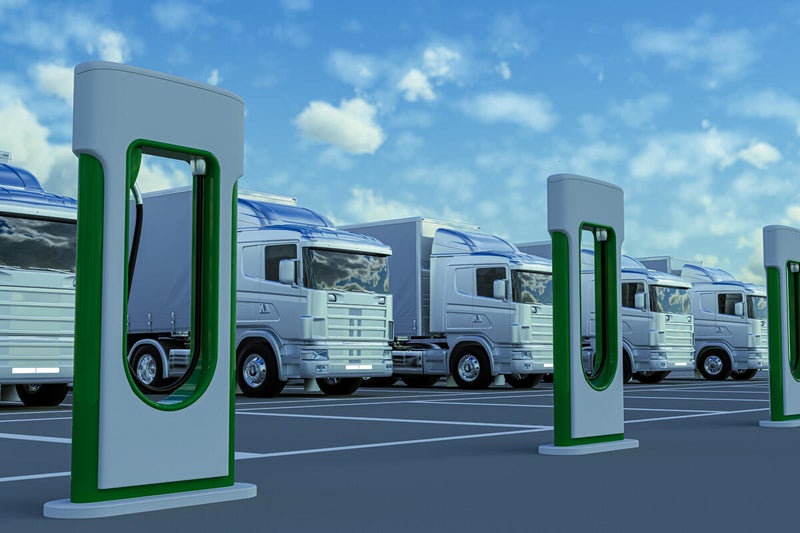This week the Texas Department of Transportation released the final report from a statewide interagency taskforce focused on how to support charging infrastructure for medium- and heavy-duty vehicles. The 51-page report provides an overview of federal and state policies, while making state-specific recommendations for how Texas legislators can utilize some of the state’s competitive advantages to best support growth in that market — including cheaper electricity, a light regulatory climate and a competitive state grant program.
Energy Exchange
My hope for Forth Roadmap 2024: EV advocates embrace utility regulation as key to unlocking a zero-emission future
By Micheal Zimmerman and Dakoury Godo-Solo
As medium- and heavy-duty vehicles speed toward electrification, the build-out of charging infrastructure must keep pace. How utilities incorporate transportation into foundational utility functions will inform where, when, and how fast electric vehicles come online. These decisions fall mainly under the authority of state utility regulators (Public Utility Commissions) rather than transportation regulators. Therefore, advocates interested in supporting MHDV electrification should engage with PUCs in addition to more traditional advocacy avenues such as legislation.
Boosting EV infrastructure: $521M in grants to expand charging access across U.S. corridors and communities
The Charging and Fueling Infrastructure Program recently announced additional funding awards for Round 1 applicants, totaling $521.19 million in grants to 51 applicants as part of a broader effort to expand electric vehicle charging. These funds were allocated to urban and rural areas in 29 states, the District of Columbia, and eight Tribal communities. The funds will help deploy infrastructure in communities and across designated Alternative Fuel Corridors , which were announced as part of the Biden-Harris administration’s National Zero-Emission Freight Corridor Strategy to increase charging access for light-, medium- and heavy-duty vehicles.
From Production to Propulsion: Effective Shipping Regulations Should Account for the Full Lifecycle Emissions of Marine Fuels
The Posidonia shipping exhibition in Greece put innovation on display, yet what stood out was the industry’s cautious approach to decarbonization, particularly the absence of discussions on lifecycle analysis of marine fuels. This is crucial as we approach the 82nd Marine Environment Protection Committee meeting at the International Maritime Organization in September, where negotiations to account for the full lifecycle of marine fuels will be key to designing measures to achieve essential emissions reductions goals and decarbonize the sector.
EU Green Deal in Action: Critical choices ahead for the EU Low-carbon Hydrogen Definition
By Anna Lóránt and Léa Pilsner
The EU is finalising its Delegated Act on Low Carbon Fuels, a critical piece of its hydrogen policy. This is more than just a low-stakes technical step. If done right, it could significantly advance the EU’s decarbonisation agenda, showing the ‘Green Deal in action’. The details matter because this act will lay the foundation for Europe’s hydrogen industry and shape how effectively the EU meets its climate goals.
Carbon dioxide injection wells require deliberate and protective liability rules
Post-closure liability management may be a rather obscure part of the burgeoning carbon capture and sequestration , or CCS, industry. But more and more lawmakers and regulators in U.S. states and around the world recognize it’s an important piece of their climate change agenda.















